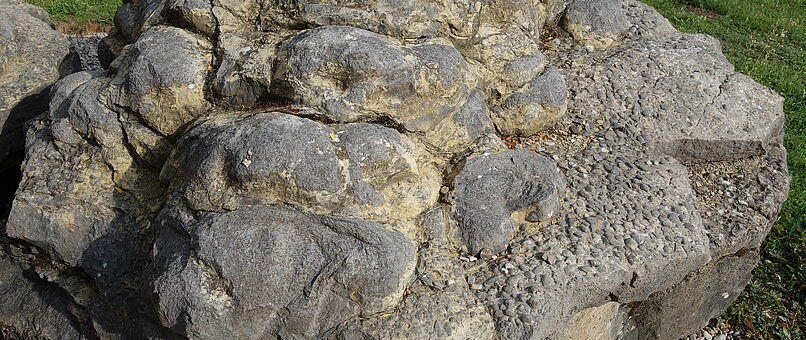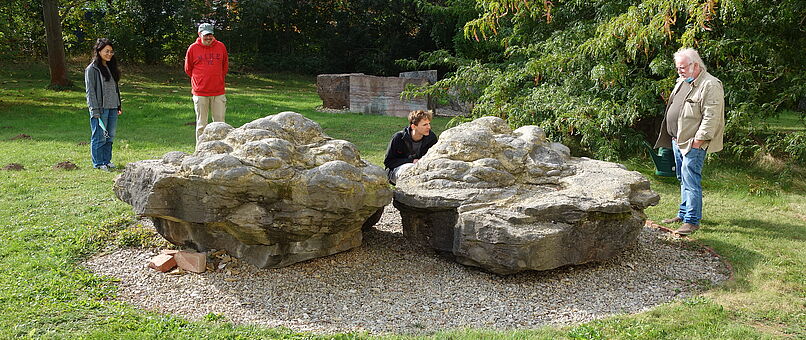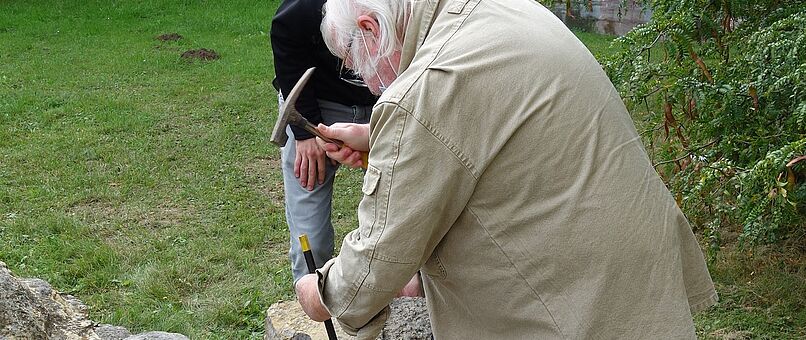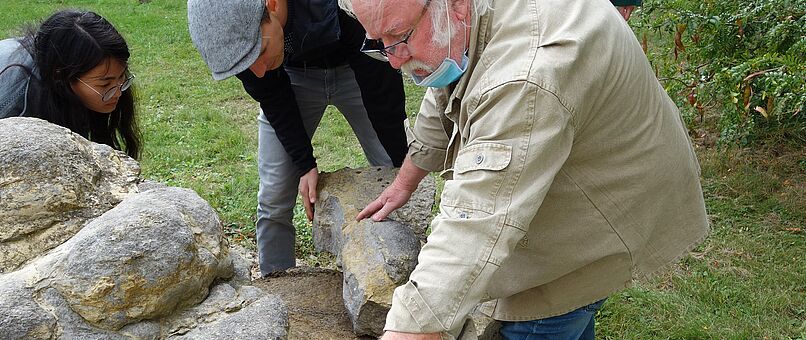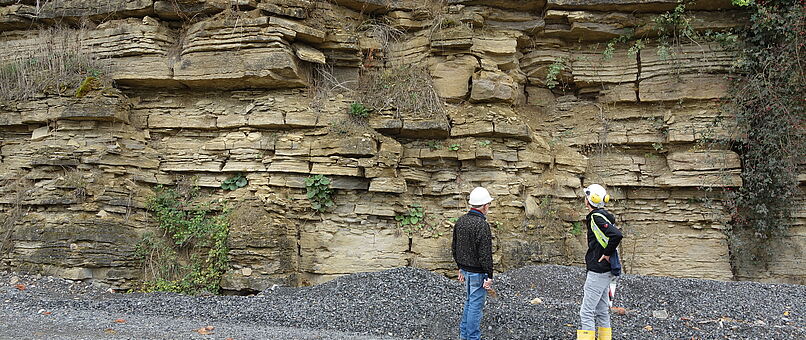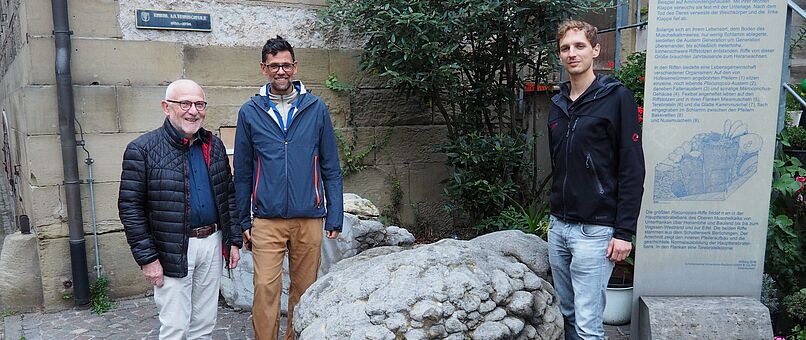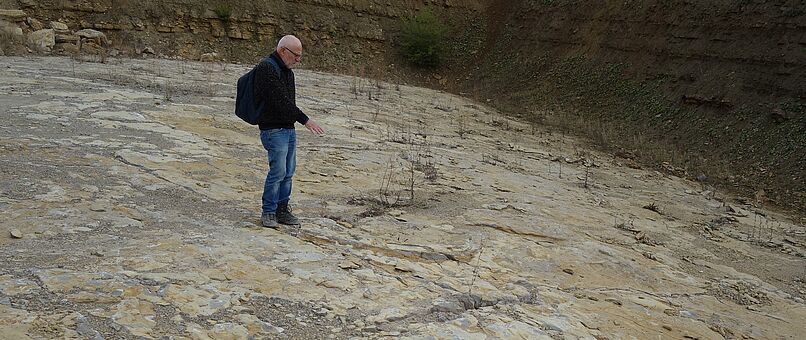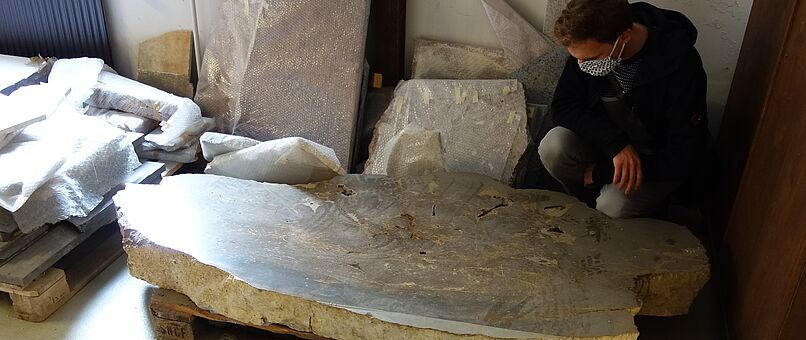Placunopsis: small bivalve, tremendous significance
A new hope
The end of the Permian era is marked by a series of catastrophic events resulting in the most devastating mass extinction event recorded in earth history. Approximately 79% of marine invertebrate genera went extinct during these cataclysmic times. In the aftermath of this extinction event, the oceans were typified by a depauperate fauna. While some taxa managed to recover rather swiftly, reaching impressive levels of diversity mere 2 million years after the Permian-Triassic boundary event, environmental factors like bottom-water anoxia, increased sulfur levels in parts of the water column and elevated temperatures proved challenging for the recovery of metazoan reef organisms and ecosystems, which is reflected by a dominance of microbial reefs in the early Triassic. Eventually, some 240 million years ago in a secluded gulf of the Tethys ocean, whose water masses covered wide parts of the modern European landscape, small-scale bivalves of the genus Placunopsis were among the first metazoan organisms mounting up to reef-like structures – bioherms – thus heralding the turnover from microbes to metazoans as main reef builders in the Triassic.
What we are looking at
With our project, funded by an Emerging Field Grant awarded by the Faculty of Earth Sciences, Geography and Astronomy, we will employ a broad interdisciplinary approach utilizing state-of-the-art analytical methods to contribute to some of the most enthralling modern research areas, including:
- The paleoenvironmental conditions of reef development in the Early to Middle Triassic
- The role of bivalves in reef building, especially after mass extinctions
- The role of microbes and microbial metabolism in micrite formation in reefal settings
- Bivalves as reef builders in the Early to Middle Triassic
- The taxonomy of the bivalve Placunopsis (?) ostracina (v. Schlotheim 1820)
Where we are looking at it
Our research area is in Northern Baden-Württemberg and Northern Bavaria (Germany). 235 million years ago, this area used to be covered by a marginal sea of the Tethys ocean. Here, in the Muschelkalk deposits of the ancient Germanic basin (Middle Triassic, Middle Ladinian to Lower Ladinian), the small bivalves Placunopsis found suiting conditions to announce the return of metazoan reefs.
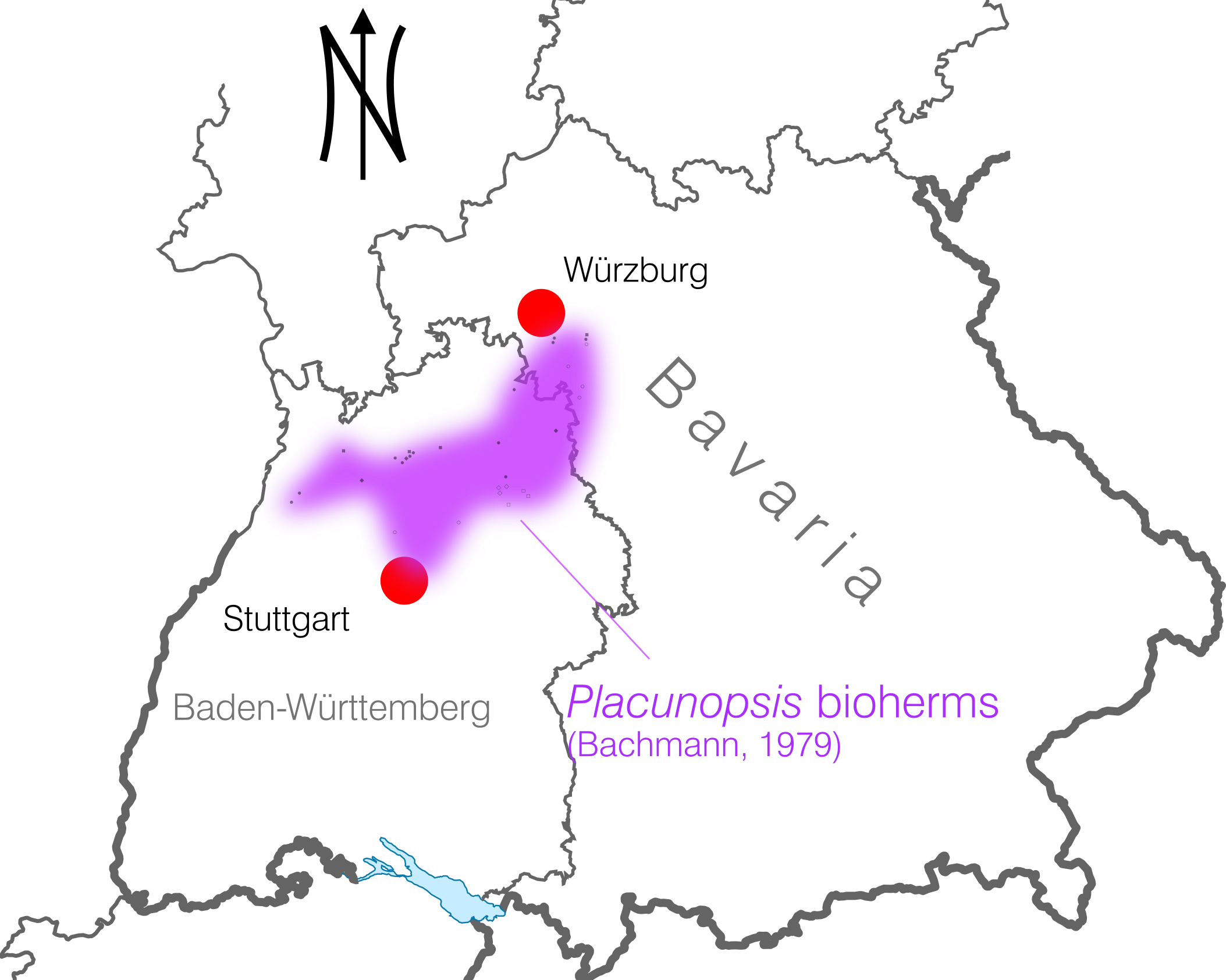
Occurrences of bioherms in Baden-Württemberg and Bavaria, as mapped by Bachmann (1979).
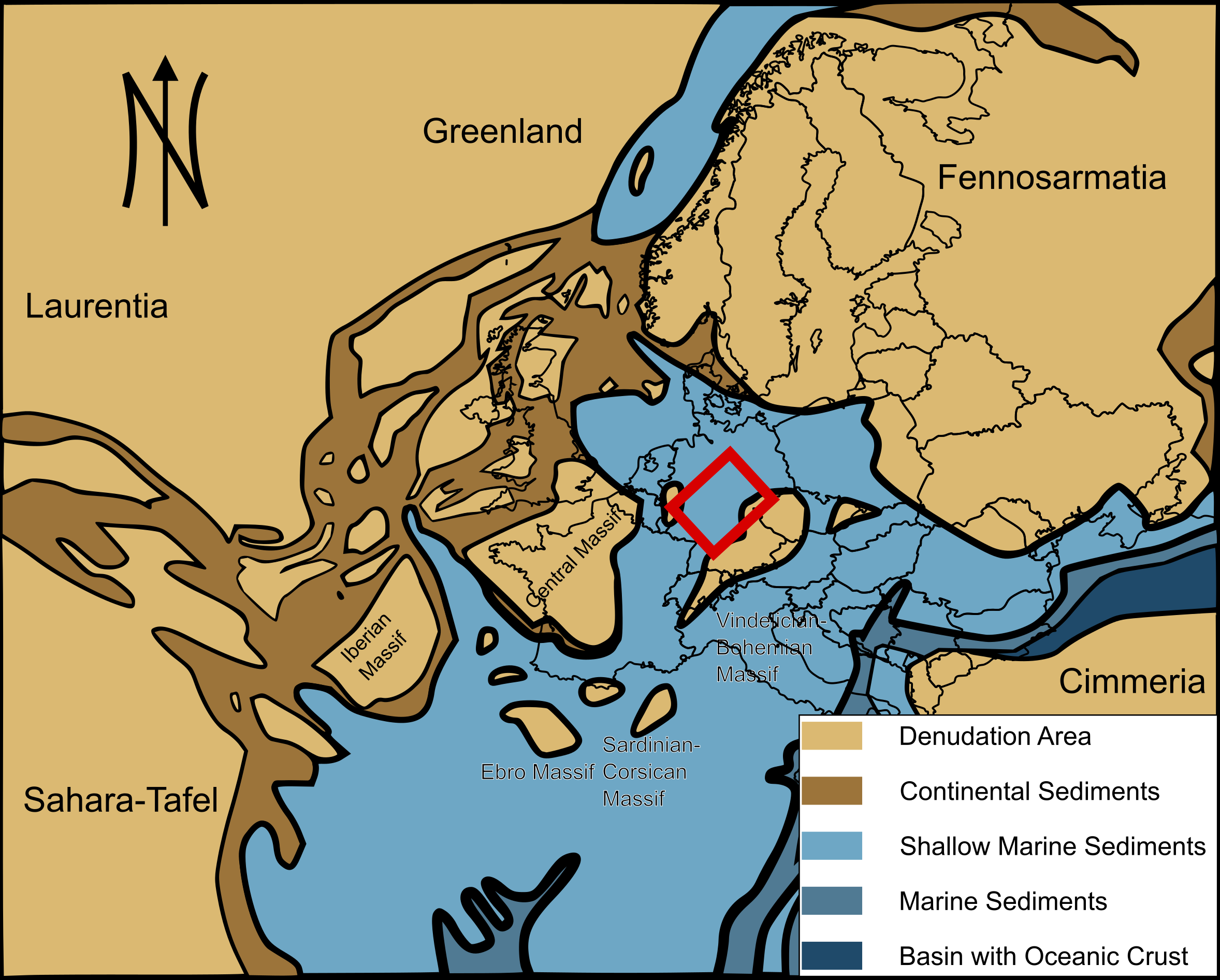
Paleogeographic situation during the Middle Triassic (ca. 235 million years ago). Modified after Ziegler (1988) and Hagdorn (1991, 2004).
You might also be interested in:
- Wie sich Riff-Ökosysteme nach Massenausterben erholen (project description, German).
- Emerging Field Grant

